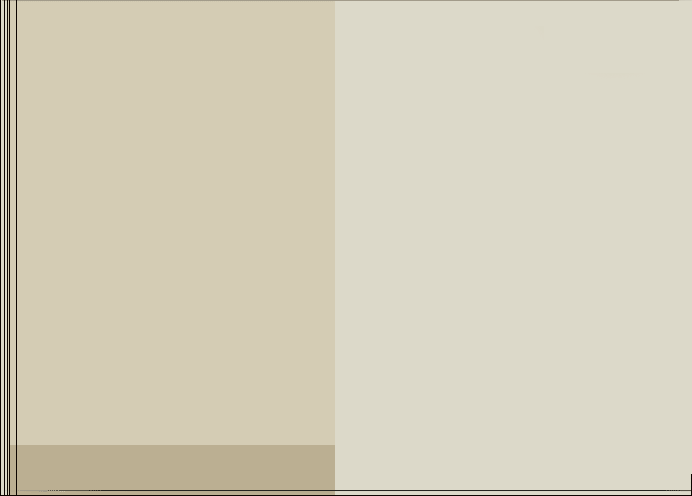Leningrad Jews endured the battles and the Siege together with other Leningrad inhabitants. In the very first days of the war, thousands of Jews went to the front as the population took up arms. There were also many Jews called up to the Army. Especially many were in the Corps of Engineers, in the signal service and Medical Corps, among military journalists and political instructors. They were experts whose peacetime professions were useful at the front. However, many Jews fought in the field - in the infantry, artillery, reconnaissance, and in the marines. Many Jews were regular officers; there were 24 generals and 6 admirals at the Command of Leningrad Front alone.
The Jews who remained in besieged Leningrad suffered along with others and worked for victory together with everyone else. By the summer of 1941, the city had been camouflaged. Jewish architects took active part in that work. None of the 600 Leningrad bridges was damaged during the Siege, in large part thanks to D.M. Shpatser, Ya.D. Glinkin, E.G. Levina and others. Jewish painters took part in Leningrad exhibitions, they decorated "TASS Windows" and "Combat Pencil" Leaflets. S.B. Yudovin created a series of engravings of life in besieged Leningrad. E. Uchitel, L. Izakson and E. Shapiro made documentary movies. L. Izakson shot chronicles of the partisans in Pskov Region. E. Shapiro specialized in materials on snipers on the front line. The "Leningrad Fighting" movie by E. Uchitel was honored with a State Prize already in 1943.
The head of the Red Banner Baltic Navy Theater was A.B. Pergament. There were such actors as I. Leyner and R. Tseytlin and such producers as S. Rappoport and S. Fogelson in the troupe (S. Rappoport and R. Tseytlin were killed in the war). N.Ya. Yagnet was the head of the Musical Comedy Theatre, which also operated during the Siege; G.M. Polichek was a producer there. In 1942, the theatre produced "The Sea Spread Wide" about sailors of the Baltic fleet. Many Jewish actors performed at the front. It was K.I. Eliasberg who conducted the first performance of the Seventh Symphony by D.D. Shostakovich in besieged Leningrad and there were many Jews among the performers. Inspector A.R. Presser, coach S.A. Arkin and violinist Leibenkraft and others worked for the Radio Committee Orchestra (Leibenkraft was killed during a bombardment).
The jazz orchestra led by N.G. Minkh and the jazz ensemble of I. Weinstein performed constantly in the city and on the ships of the Baltic Navy. L.O. Utiosov and his jazz orchestra visited the besieged city.
L.V. Kantorovich, M.A. Geizel, I.M. Zeltser, E.M. Lagansky, B.M. Levin (Doyvber) and other Leningrad writers and journalists went to the front and were killed there. Radio reports from the front and from besieged Leningrad by Lazar Magrachev were heard not only in the city, but elsewhere in the country as well. During the hardest days of the first winter in the besieged city, the voices of writers Elena Ryvina, Elizaveta Polonskaya and Vera Inber supported Leningrad inhabitants. "The Pulkovo Meridian poem" and "The Soul of Leningrad" collection by Vera Inber were published in the besieged city.
Jewish scientists and engineers who remained in besieged Leningrad continued to work despite cold and hunger. Their research was used for the defense industry. Academics A.F. Ioffe and B.G. Galerkin, professors Ya.B. Zeldovich, Yu.B. Khariton and others worked in the Commission for the Review and Implementation of Defense Propositions. During the first months of the war, the Commission considered about 850 propositions. Among them, there was the proposal by Ya.G. Gervits to improve bomb shelters and the method of O.M. Anshles for the accelerated growing of piezocrystals. Of 29 products produced by the Institute of Applied Chemistry, the production of 20 of them was mastered during the first months of the war. Among them were the inventions of pyrotechnics specialist Kh.B. Khess. A group led by professor A.N. Voynolin succeeded in producing a new kind of explosive. The research of Jewish metallurgists, chemists and textile experts was used in the industries of the besieged city.
Thousands of Jews - engineers and qualified workers - worked in the enterprises of besieged Leningrad. Many Leningrad Jews who were professional doctors worked in hospitals; former students and housekeepers worked as hospital nurses. A considerable number of Jews worked as pedagogues during the Siege. We find Jewish names among the fighters of anti-aircraft detachments, medical orderlies and builders of fortifications.
Not all of them lived to see the victory. There is no precise data about the number of the Jews who died during the Siege or were killed on the Leningrad front. The memorial at the grave of the Lurie-Gelb family at the Jewish Cemetery became a symbol of the tragedy of Leningrad's Jews.
Leningrad Jews together with all people celebrated the breaking of the Siege and the subsequent victory. Those who had been evacuated began returning to the city. However, Jews who had been evacuated faced obstacles in returning to Leningrad; those who had succeeded in returning could not occupy their former apartments, which had already been occupied by others. The policy of state anti-semitism led to artificial limitations on permitting Jews to live in Leningrad. As a result of anti-semitic campaigns in the late 1940s and early 1950s, many Leningrad Jews lost their jobs or were repressed. At the end of 1952, when the "Doctors' Case"












![]()
![]()
![]()
![]()
![]()









